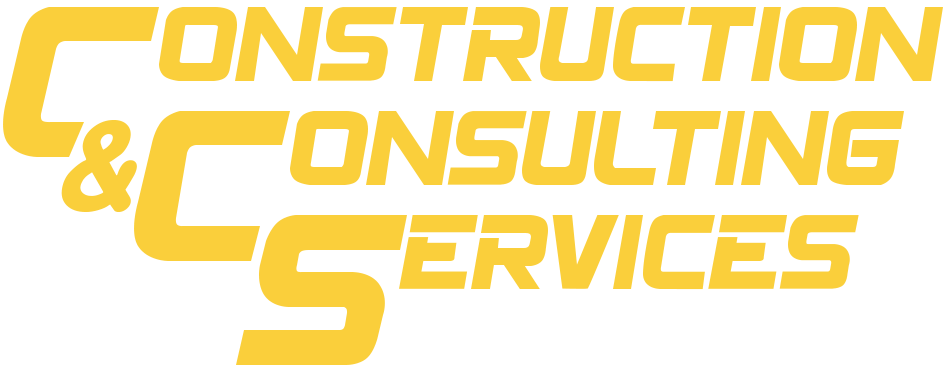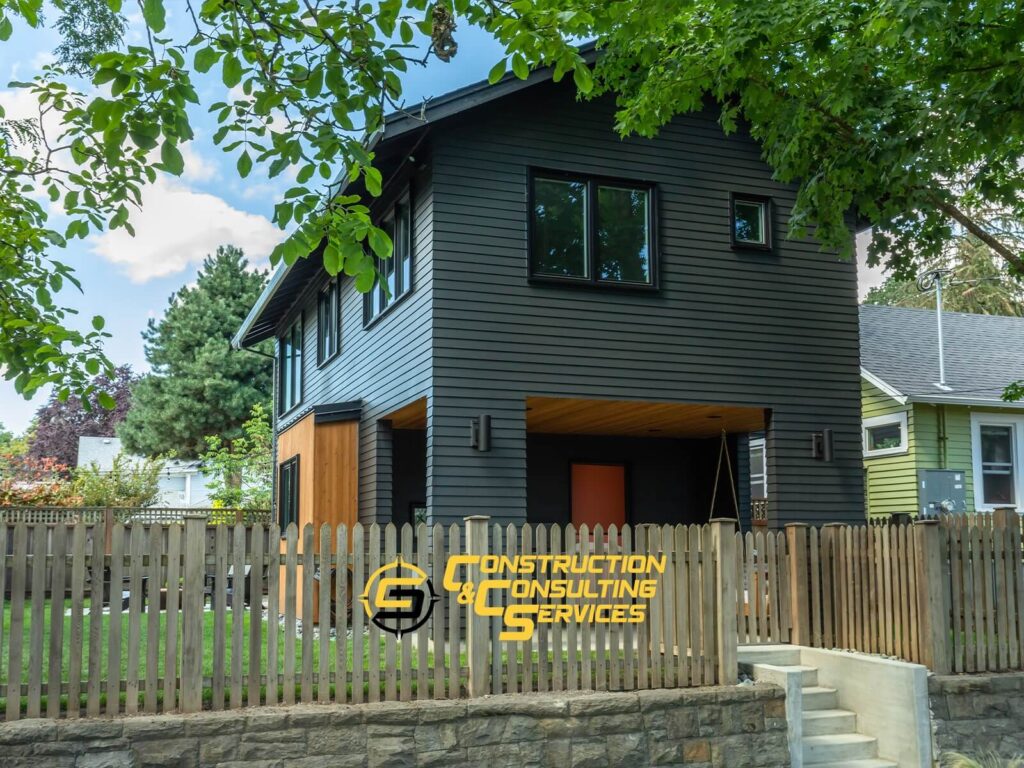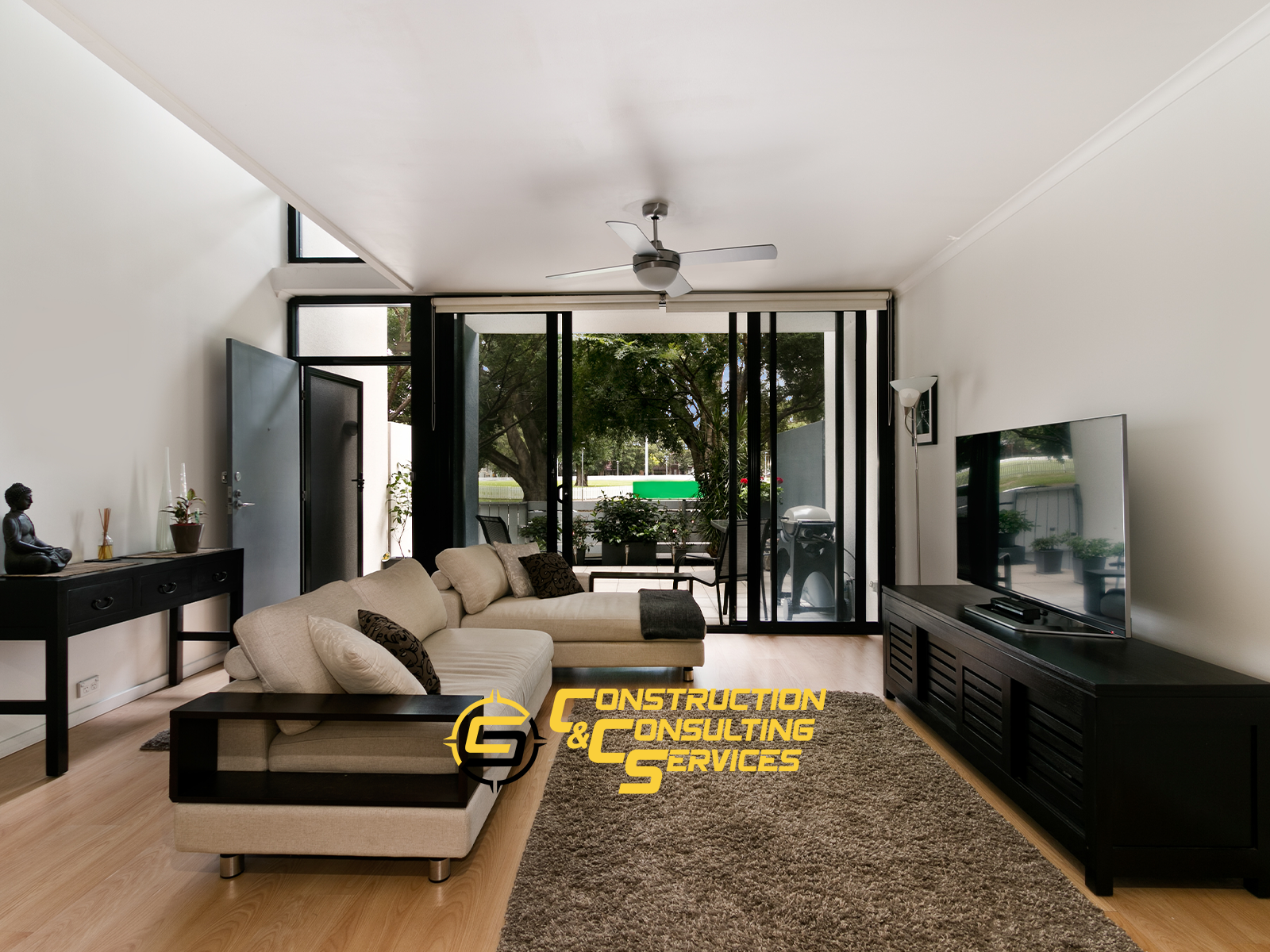If you’re planning an Accessory Dwelling Unit (ADU) in California, you’ve likely noticed rising construction costs—and international tariffs are a big reason why. Tariffs are taxes on imported goods, and when materials like lumber, steel, appliances, or electrical components are affected, those extra costs often trickle down to your project.
Here’s how tariffs can affect your ADU:
- Material Costs Increase: Tariffs on Canadian lumber or Chinese steel mean higher framing and foundation costs.
- Delays from Import Slowdowns: Fewer materials coming into the U.S. can lead to longer wait times, especially for custom windows or fixtures.
- Higher Bids from Contractors: Contractors factor in fluctuating costs and longer lead times into their estimates.
How to protect your budget:
- Lock in material prices early with your builder.
- Use domestic materials where possible.
- Get bids from multiple contractors to compare.
Understanding the Current Tariff Landscape
The construction industry has been particularly hard hit by recent trade policies. Tariffs on aluminum, steel, solar panels, and washing machines directly impact ADU construction, with some materials seeing price increases of 10-25%. Even if you’re not importing materials directly, your suppliers likely are, and those costs get passed on to you.
Planning Your ADU Project in the Current Climate
Consider Alternative Materials
- Engineered wood products may be less affected than traditional lumber
- Look into composite decking as an alternative to hardwoods
- Ask about locally manufactured fixtures and finishes
Time Your Project Strategically
- Winter months often see lower demand and potentially better pricing
- Order long-lead items like windows and doors as early as possible
- Consider prefabricated ADU options that may have already secured materials
Financial Planning for Tariff Uncertainty
- Build a 15-20% contingency into your budget specifically for material fluctuations
- Ask your lender about construction loan options that protect against rising costs
- Consider phasing your project if certain materials are experiencing severe price volatility
Working With Professionals Who Understand the Challenge
The right team can make all the difference when navigating tariff-related challenges:
- Experienced Contractors: Veterans in the industry have weathered material shortages and price fluctuations before
- Local Suppliers: Established relationships with material providers may mean priority access during shortages
- Design-Build Firms: These companies often have more buying power and material reserves than individual contractors
Long-Term Considerations
While tariffs create immediate challenges, remember that your ADU is a long-term investment:
- Energy-efficient designs and materials may cost more upfront but save money over time
- Quality construction that withstands California’s climate will minimize future maintenance costs
- A well-designed ADU can provide rental income or increased property value that offsets initial construction expenses
The Silver Lining
Despite the challenges, there are some positive developments:
- Increased demand for domestic materials is spurring local manufacturing
- Innovation in building technologies is creating more efficient construction methods
- Many municipalities are streamlining ADU permitting to encourage more affordable housing options
Conclusion
While tariffs add complexity to ADU projects, they don’t have to derail your plans. With proper planning, flexible thinking, and the right team, your ADU can still be completed on budget and on schedule. The housing shortage in California means ADUs remain a valuable investment, regardless of temporary market fluctuations.
Ready to get started? Try out our ADU cost calculator that factors in current material prices and tariff impacts: https://www.laconstructioncompliance.com/adu/cost-calculator/





